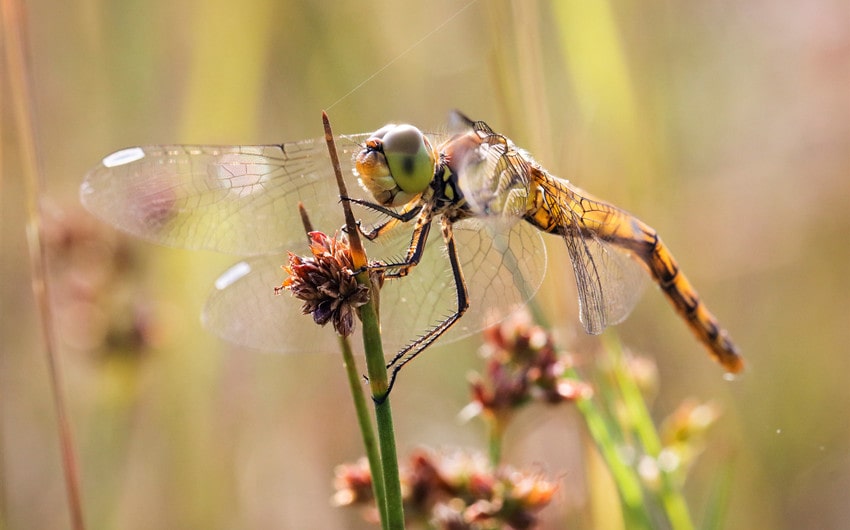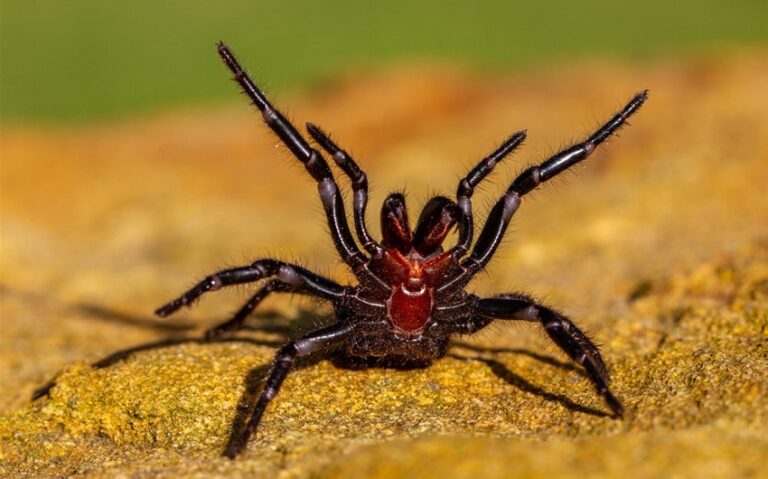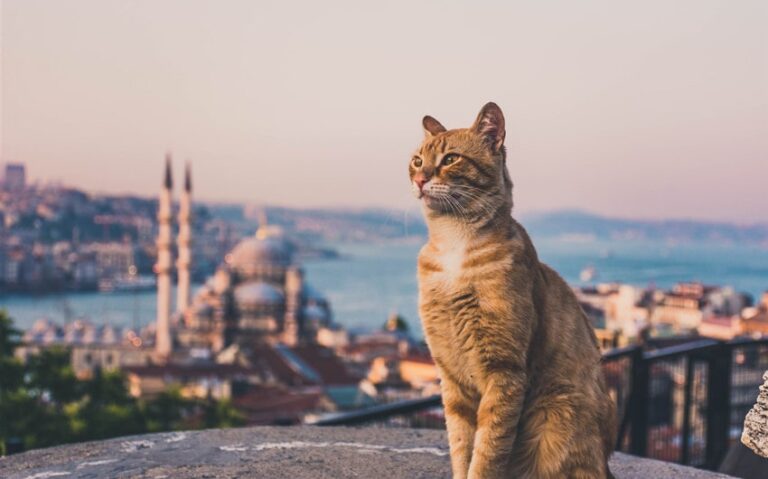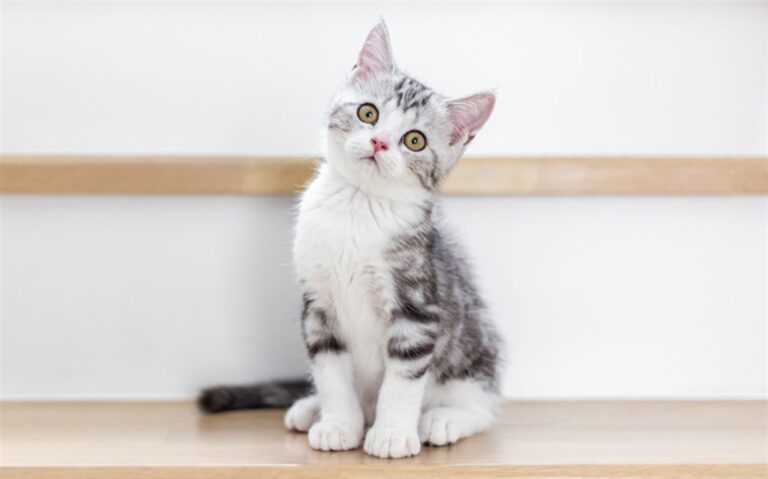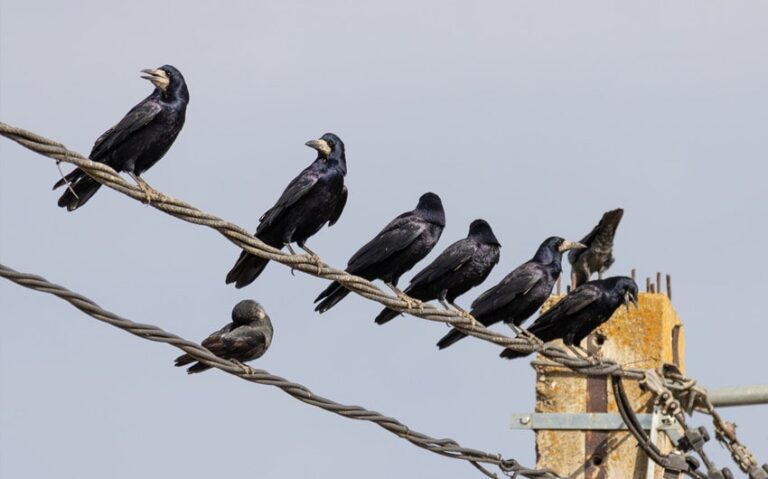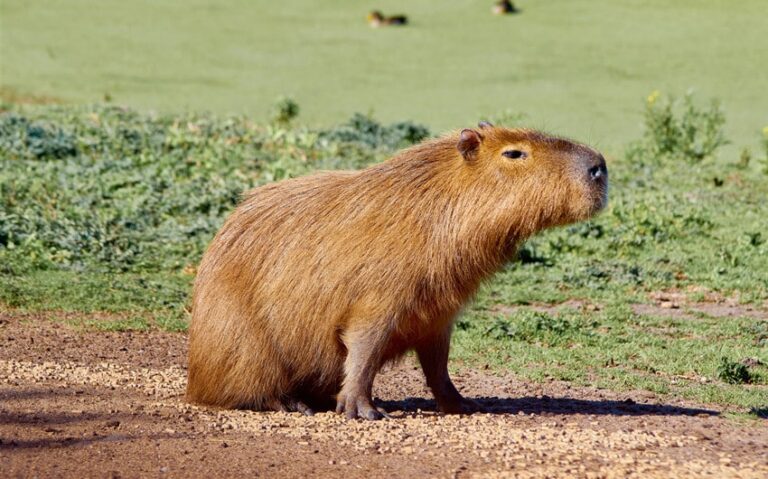What Does a Swarm of Dragonflies Mean? Symbolism, Science, and Signs
I remember the first time I saw a swarm of dragonflies. It wasn’t just a few flitting around a pond—it was dozens, maybe hundreds, gliding through the air like something choreographed. I stood there watching, both stunned and a little confused. What does a swarm of dragonflies mean? Was there something in the air—or something I was meant to see?
First, What Even Is a Swarm?
When most people hear “swarm,” they think of bees or gnats—a buzzing, chaotic mess. But a dragonfly swarm is something else entirely. It’s more like a loose ballet. Dragonflies move in long loops, sweeping arcs, sometimes weaving around each other in almost perfect silence. It’s beautiful, not frantic. You don’t feel attacked—you feel like a spectator to something elegant and old.
There are two main types of dragonfly swarms:
- Static feeding swarms: When many dragonflies gather over a single area to feast on small insects like gnats or mosquitoes. These swarms usually occur in the early evening and can last anywhere from a few minutes to a few hours.
- Mass migratory swarms: When dragonflies move in large groups across regions, often seasonally. These are rarer, but they can involve tens of thousands of dragonflies traveling together for hundreds of miles.
Both types serve a purpose. One is about feeding. The other is about survival. Either way, it’s a response to something real—usually a combination of weather, wind, and prey availability. These insects aren’t just flying around for fun. There’s order behind the movement, even if we can’t always see it.
The Symbolism of Dragonflies Across Cultures
Long before biologists studied dragonflies, humans gave them meaning. And across the globe, these meanings have shared common threads: change, clarity, strength, spirit.
In Japanese culture, the dragonfly symbolizes courage, happiness, and victory. It’s a revered creature, associated with autumn and known as “kachimushi,” the victory insect. Samurai once wore dragonfly emblems into battle for good fortune and resolve.
Among Native American tribes, interpretations vary. For the Hopi and Zuni people, dragonflies are connected to water and abundance. In other tribes, they are messengers from the spirit world or symbols of transformation and rebirth. To see many dragonflies at once is sometimes thought to mean a strong spiritual presence—or even ancestors visiting from beyond the veil.
In European folklore, the symbolism becomes more complex. Some cultures viewed dragonflies with suspicion, calling them “devil’s darning needles.” But others saw them as protectors—guardians of truth, exposing lies and illusions. They were often tied to the idea of shifting perception and seeing past surface-level reality.
So when a swarm appears, it often carries layered symbolism: awareness, change, ancestral connection, or emotional release. It’s not just a random event—it’s a potential turning point, a metaphor in motion.
Dragonflies and Personal Transformation
The dragonfly’s life is a study in transformation. They begin life as aquatic nymphs, living beneath the surface of ponds and streams for up to several years. In that time, they shed their skin multiple times, growing silently, invisibly. Then one day, they emerge from the water, climb a stalk, and break through their final casing—becoming the winged version we recognize.
It’s a violent, vulnerable transformation. Their wings are soft, their bodies fragile. They wait in stillness until the sun and air harden their armor. Only then can they fly. That waiting, that emerging—it feels personal. Because how often do we go through our own metamorphosis in silence, in solitude, not fully seen?
A swarm of dragonflies, then, can represent a collective moment of emergence. A phase when growth becomes visible. When change stops being private and becomes embodied. When we rise out of whatever we were hiding in, ready to move, ready to fly.
Personally, I’ve seen swarms during transitional moments in my life. Times when I felt uncertain but knew something inside me was shifting. Seeing them didn’t give me answers—but it did make me pause. And sometimes, that pause is the first step in change.
The Practical, Scientific Side of a Swarm
Of course, not every dragonfly gathering is a sign from the universe. Sometimes it’s just science—and that’s beautiful too. Entomologists have studied swarming behavior and found it often coincides with weather patterns and food sources.
Dragonflies are predators. They feed on smaller flying insects—like mosquitoes, flies, and midges. When atmospheric conditions are right (usually warm temperatures, still air, and high humidity), these prey insects rise from the grass and water in large numbers. Dragonflies sense this and flock to the buffet.
Swarming is efficient. It increases feeding success, ensures better mating opportunities, and may even offer protection from predators. Some dragonflies, like the green darner and globe skimmer, also migrate in massive numbers, crossing entire continents with wind currents.
So when you see a swarm, it might mean the weather is changing. It might indicate clean, healthy water nearby (dragonflies only lay eggs in unpolluted areas). It might even signal the approach of rain or a shift in barometric pressure. In many ways, dragonflies are nature’s living barometers—reading the air better than we ever could.
What It Feels Like to Witness One
Watching a dragonfly swarm feels unlike any other insect encounter. There’s no sense of threat. No buzzing chaos. Just movement—fluid, synchronized, serene. I always feel small but connected, like I’ve stepped into something bigger than me. And yet it doesn’t ask anything from me. It just is.
There’s something sacred about it. Not in a religious way, necessarily, but in that ancient, unexplainable way certain moments carry. Like seeing a shooting star. Or standing in a quiet forest. The world doesn’t speak louder—it just gets clearer.
I’ve found that when I stop and actually witness a swarm, I remember to slow down. To pay attention. To ask myself what’s changing in my own life, even if I haven’t acknowledged it yet. It becomes a moment of reflection dressed in wings and air.
So, What Does a Swarm of Dragonflies Mean?
It means you’re witnessing a rare alignment of nature, timing, and perception. On a scientific level, it could be weather, migration, or feeding. On a symbolic level, it might be pointing you toward growth, clarity, or emotional change. And on a personal level—it might just be a call to look up, breathe deep, and feel present for a minute.
Dragonflies don’t sting. They don’t bite. They don’t linger too long. They appear, dance through the light, and move on. And when they do, they leave behind a strange peace—like a message you don’t need to translate to understand.
For me, a swarm of dragonflies means this: the world is moving around me, and I am part of it. Something is changing, whether I’m ready or not. And that’s okay. The change doesn’t always need permission—it just needs space to land.
